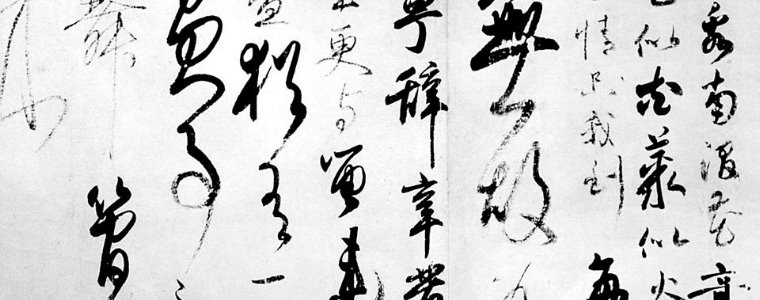
Kouketsu Dojo Student Manual
MARTIAL ARTS TERMINOLOGY: Both English and Japanese words might be used in the dojo. If you are asked to count and you are uncomfortable doing so in Japanese, it is okay to count in English. Whatever language you choose to use, ensure that your count is short, sharp and spirited.
UCHI STRIKES
1. Seiken Zuki - Front Punch
2. Shuto Uchi - Knife Hand Strike
3. Tae Zuki - Vertical Fist
4. Empi Ate - Elbow Strike
5. Seiken Zuki - Two Knuckle Punch
6. Choku Zuki - Straight Punch
7. Uraken Uchi - Back Fist Strike
8. Haito Uchi - Ridge Hand Strike
9. Mawashi Zuki - Palm Heel Thrust
10. Shotei Zuki - Palm Heel Thrust
GERI - KICKS
1. Mae Geri - Front Ball Kick
2. Yoki Geri - Roundhouse Kick
3. Yokokara Geri - Sidekick
4. Ushiro Geri - Back Kick
5. Ushiro Mawashi Geri - Hook Kick
6.Ushiro Mawashi Geri- Spin Heel Kick
7. Ashi Barai - Foot Sweep
8. Yoko Mawashi Geri - Spin Side Kick
9. Kin Geri - Groin Kick
10. Yoko Tobi Geri - Jumping Side Kick
UKE - BLOCKS
1. Jodan Uke - High Block
2. Chudan Uke - Middle Block
3. Gedan Uke - Low Block
4. Uchi Uke - Inner Forearm Block
5. Mawashi Uke - Circular Block
6. Kake Uke - Hooking Block
7. Shotei Uke - Palm Heel Strike
8. Ko Uke - Wrist Block
9. Soto Yoko Uke - Outside Side Block 10. Soto Kosa Uke - Outside X Block
DACHI - STANCES
1. Hesoku Dachi - Feet Together
2. Musubi Dachi - Heels Together, Toes Out
3. Heiko Dachi - Parallel Stance
4. Hachiji Dachi - Natural Stance
5. Shiko Dachi - Straddle Leg Stance
6. Kiba Dachi - Horse Riding Stance
7. Sanchin Dachi - Hourglass Stance
8. Hanzenkutsu Dachi - Half Front Stance
9. Zenkutsu Dachi- Front Stance
10. Sesan Dachi - Sesan Stance
11. Koshi Dachi - Squat Stance
12. Kokutsu Dachi- Back Stance
13. Kosa Dachi - Twisted Stance
NUMBERS
1. Ichi
2. Ni
3. San
4. Shi
5. Go
6. Roku
7. Shichi
8. Hachi
9. Ku
10. Ju
GENERAL TERMINOLOGYS
1. Ha Jime - Begin
2. Yame - Stop
3. Yoi - Ready
4. Kime - Focus
5. Waza - Technique
6. Kumite - Sparring
7. Jodan - Upper Level
8. Chudan - Middle Level
9. Gedan - Lower Level
10. Migi - Right
11. Hidari - Left
12. Ushiro - Back
13. Kata - Form
14. Karate - Empty Hand Fighting
15. Kiai - Gut Yell
16. Sensei - Teacher
17. Shihan - Master Instructor
18. Tatte - Stand Up
19. Otagai Ni - Face Each Other
20. Shomen Ni - Face Front
21. Kiyotsuke - Attention
22. Shugo - Line Up
23. Seiza - Kneel Down
24. Rei - Bow
25. Mokuso - Meditation
